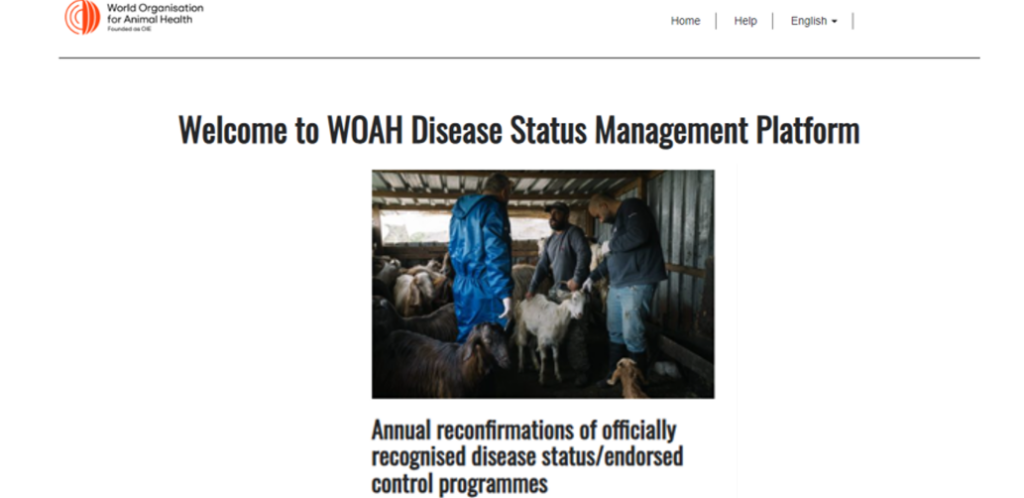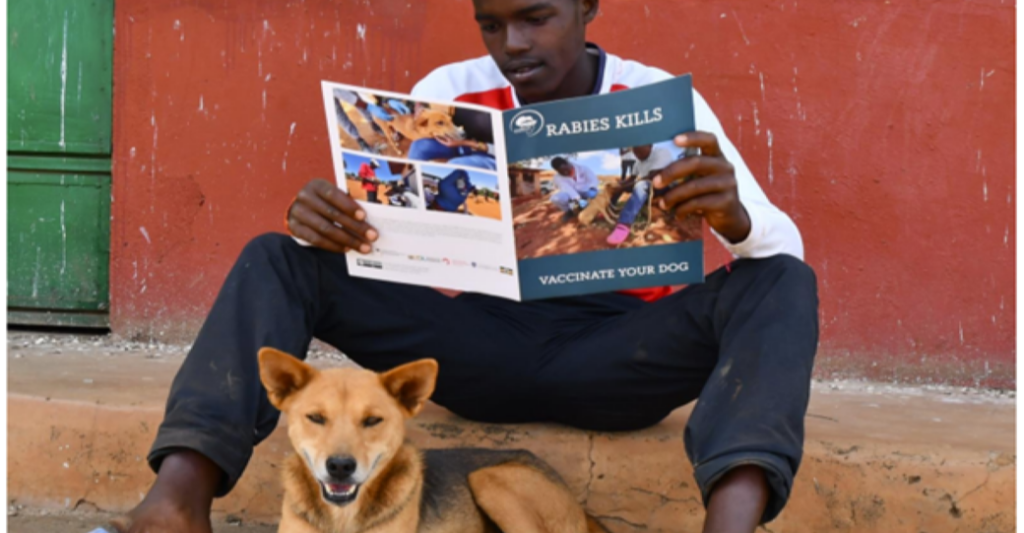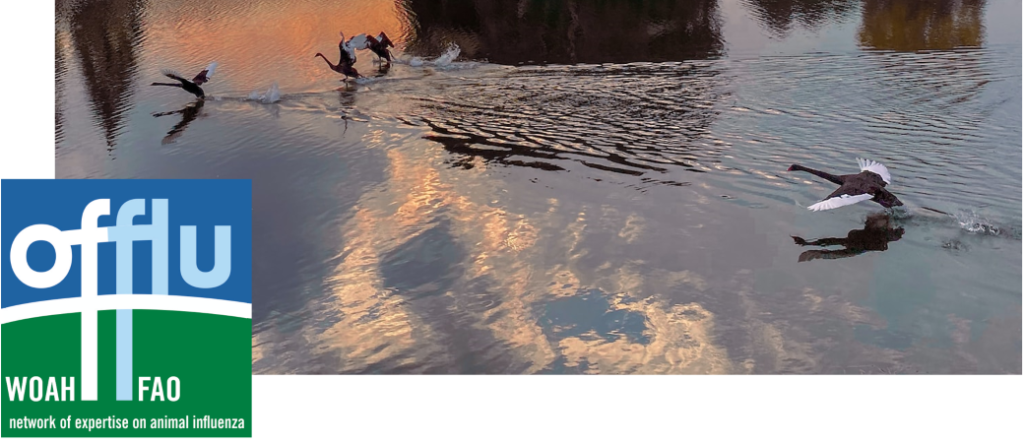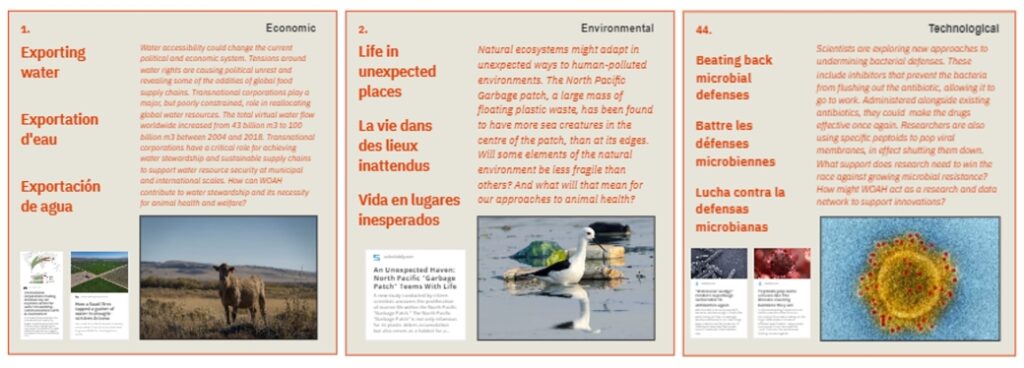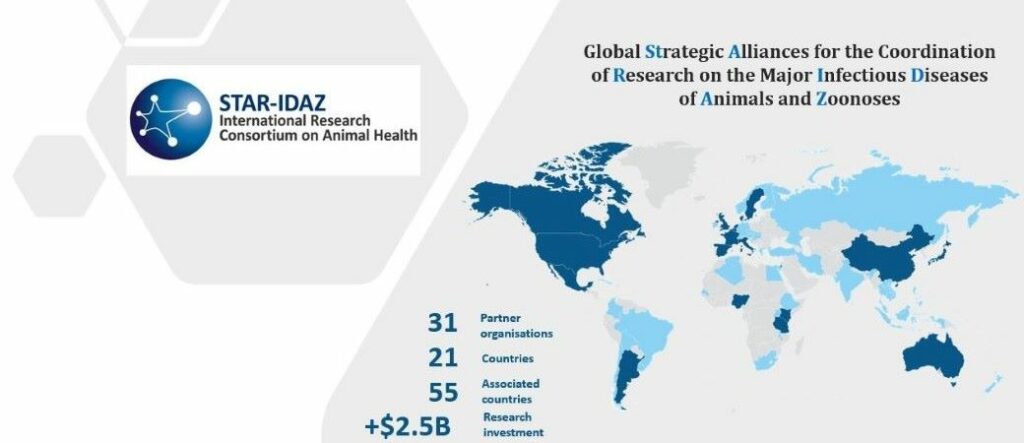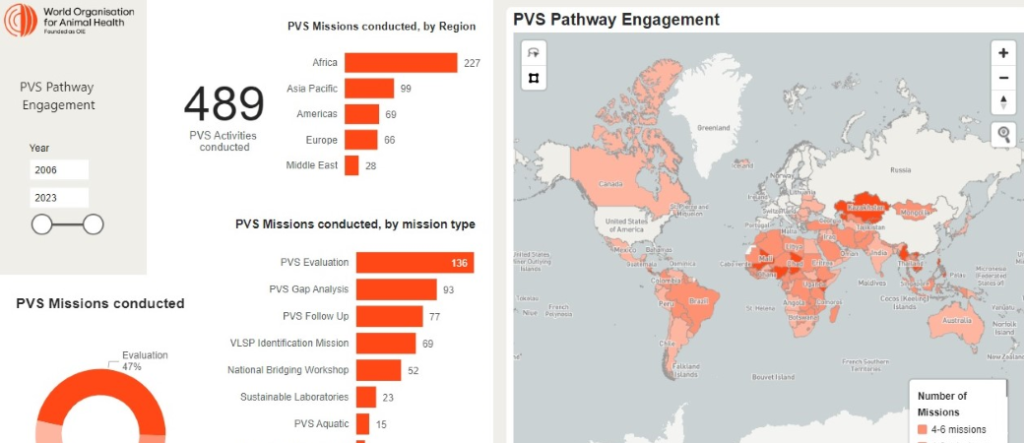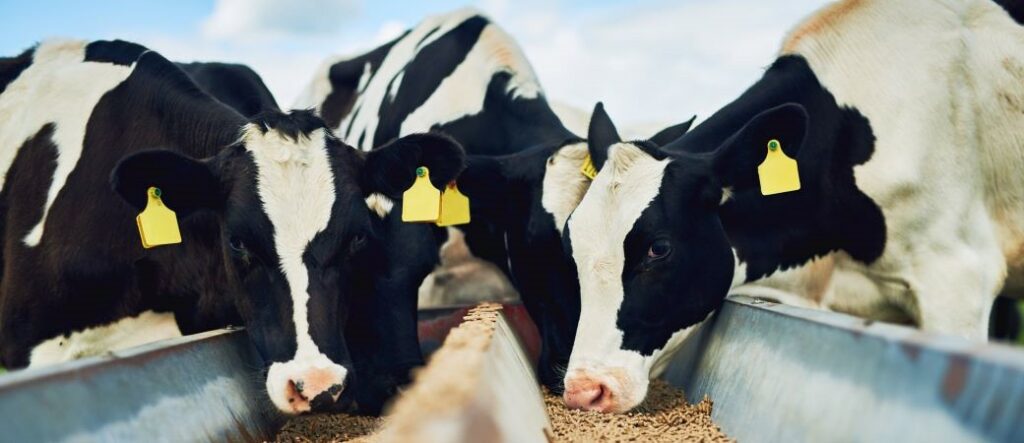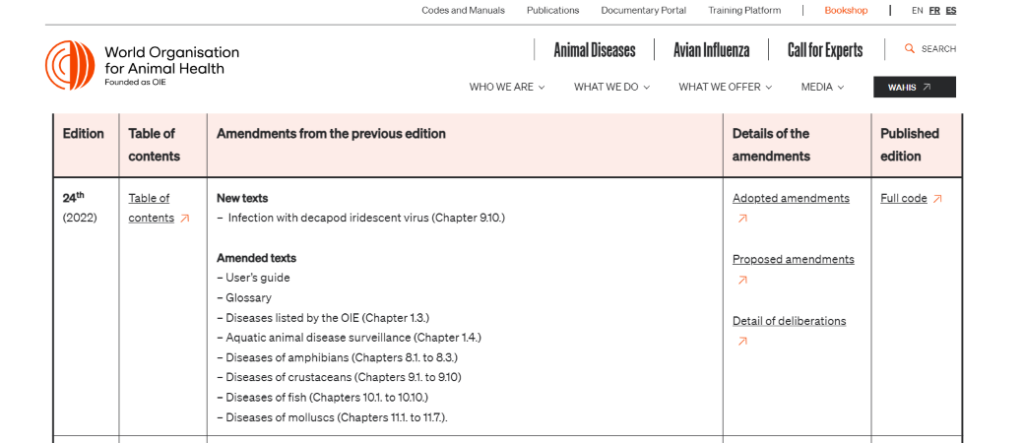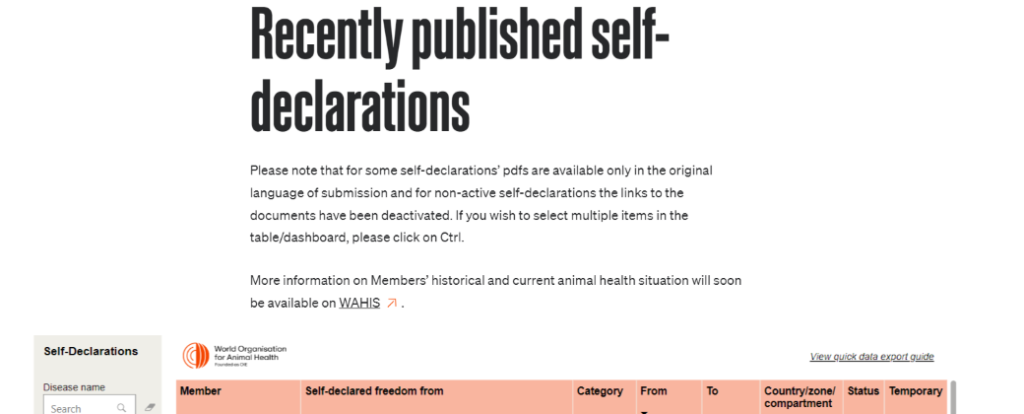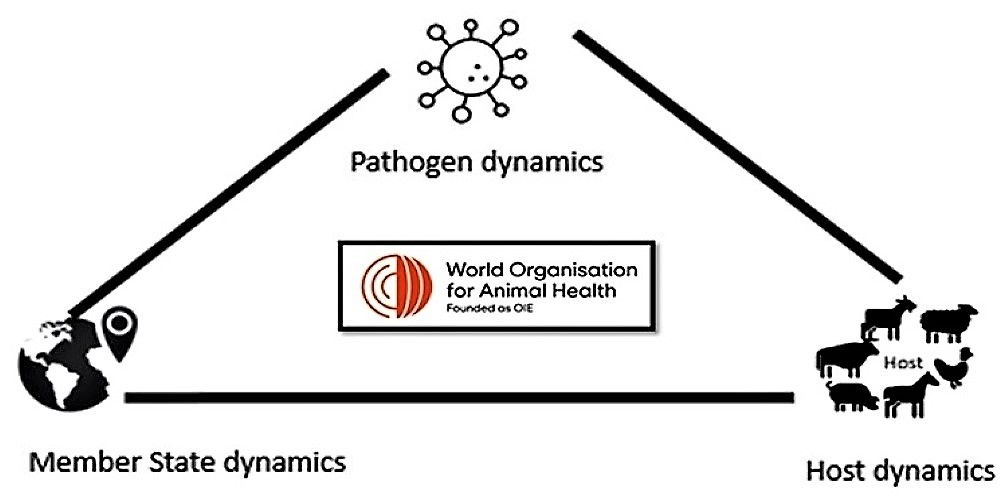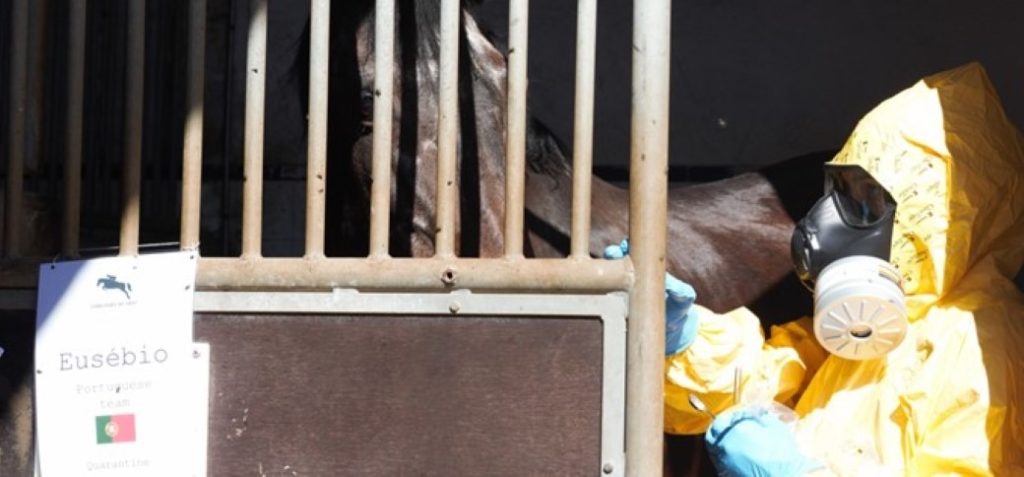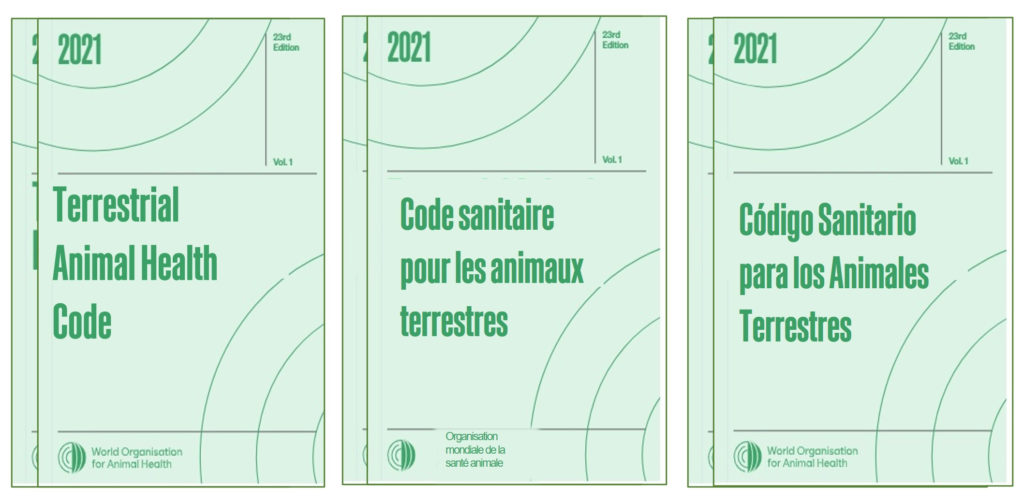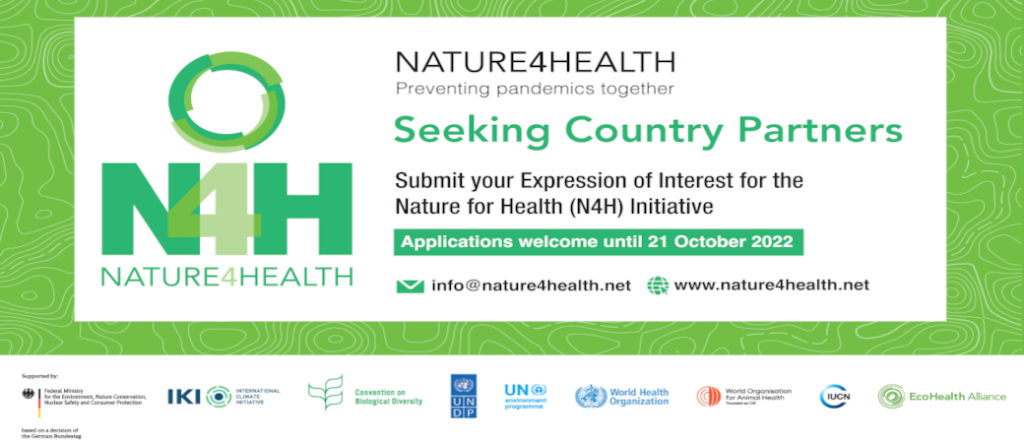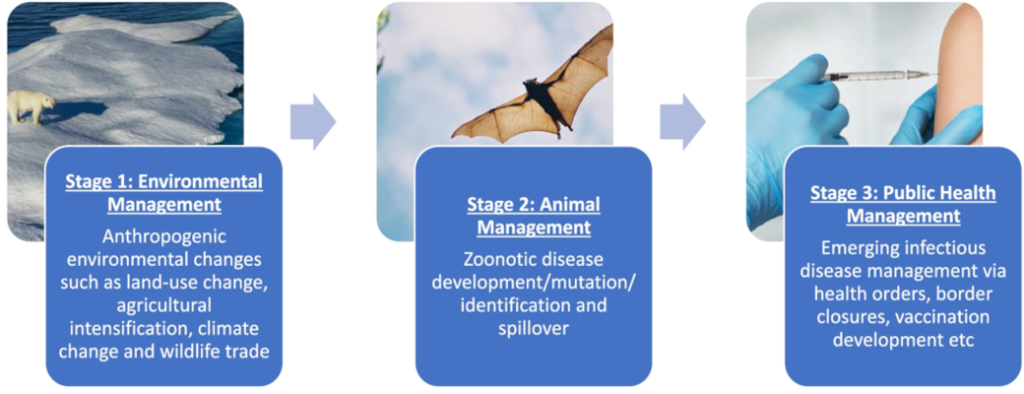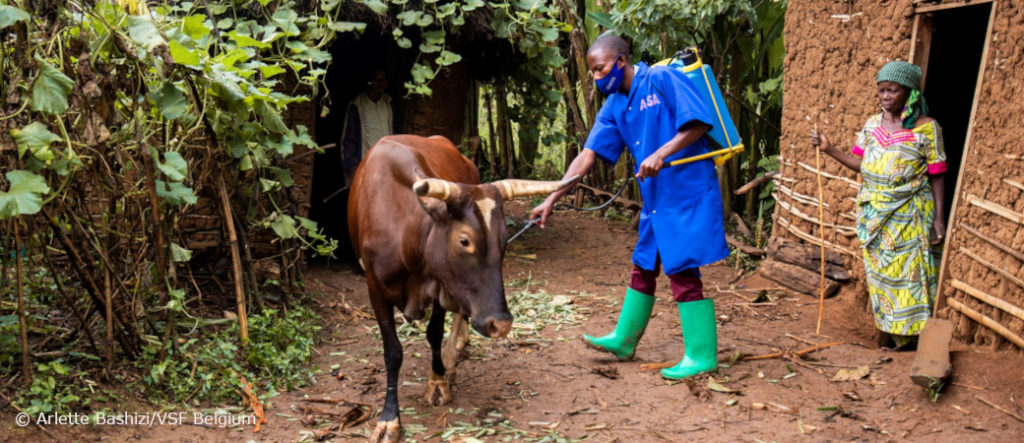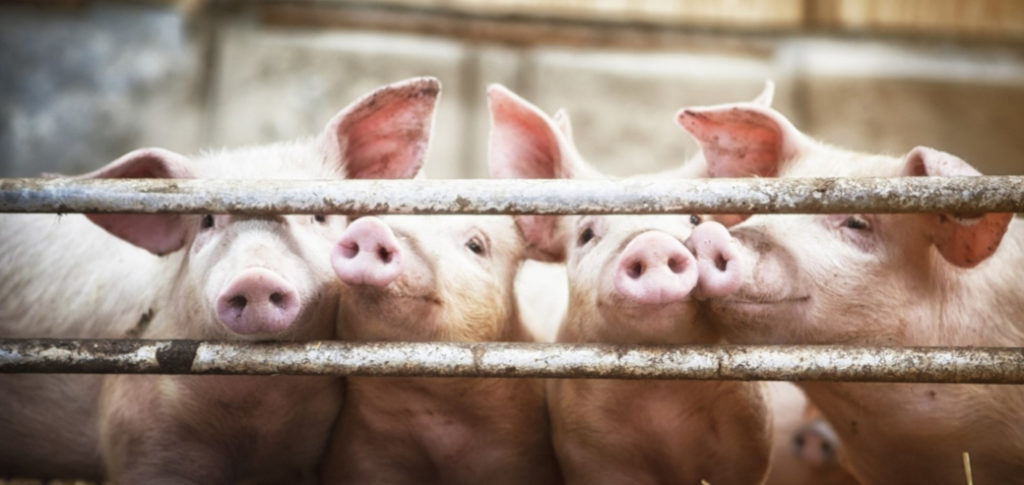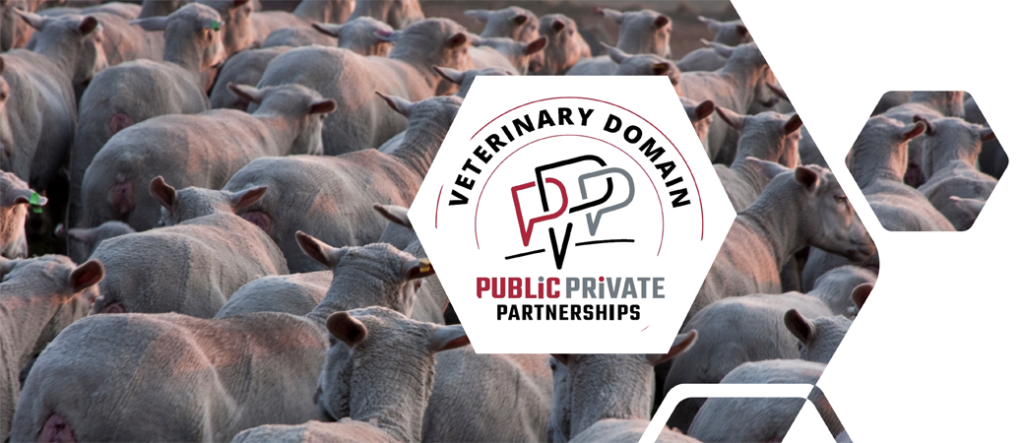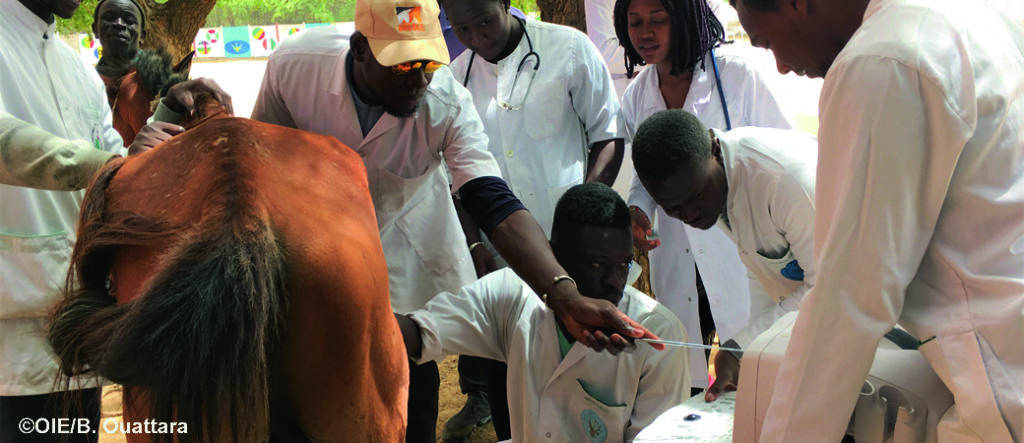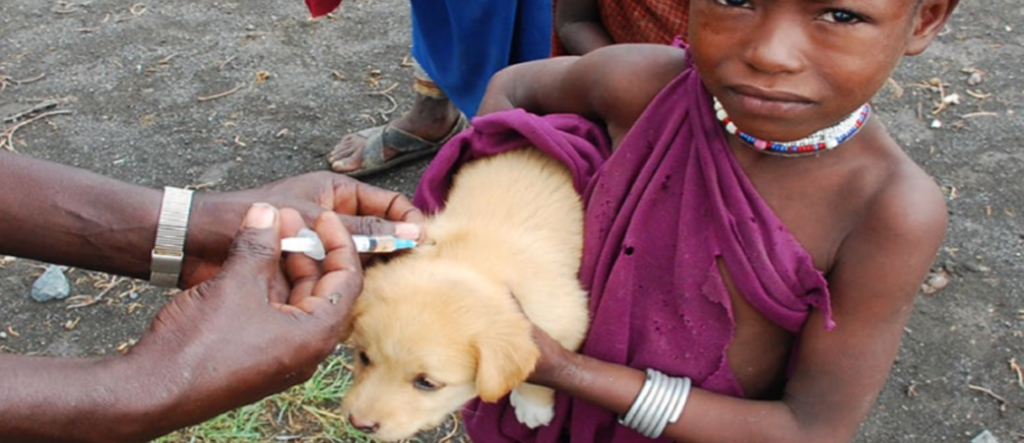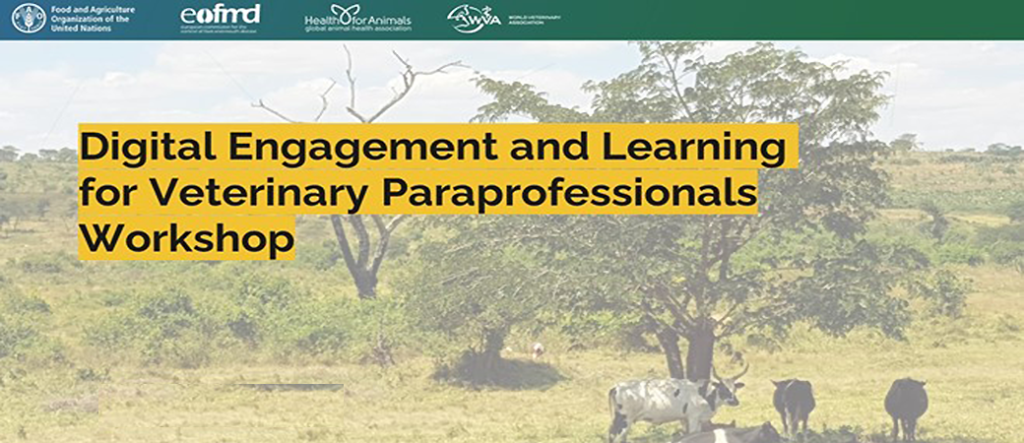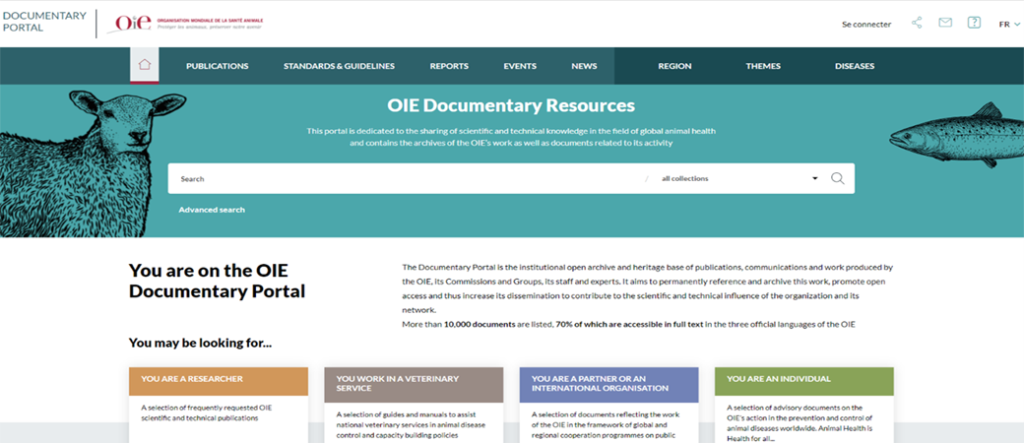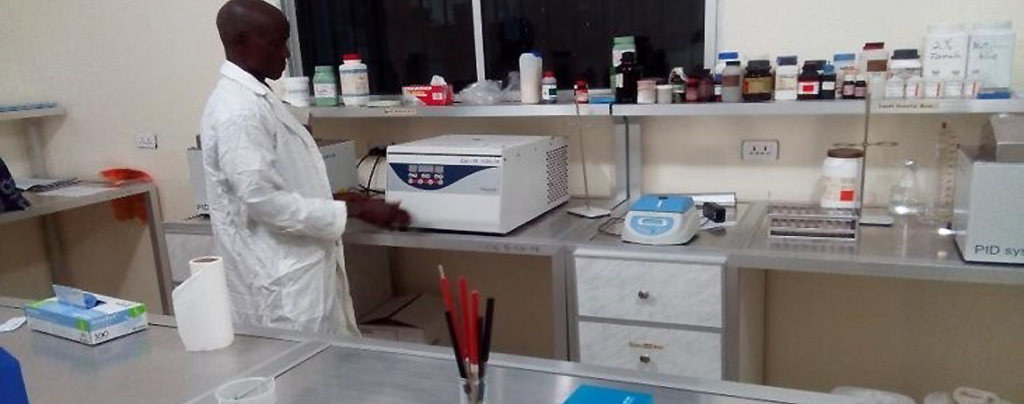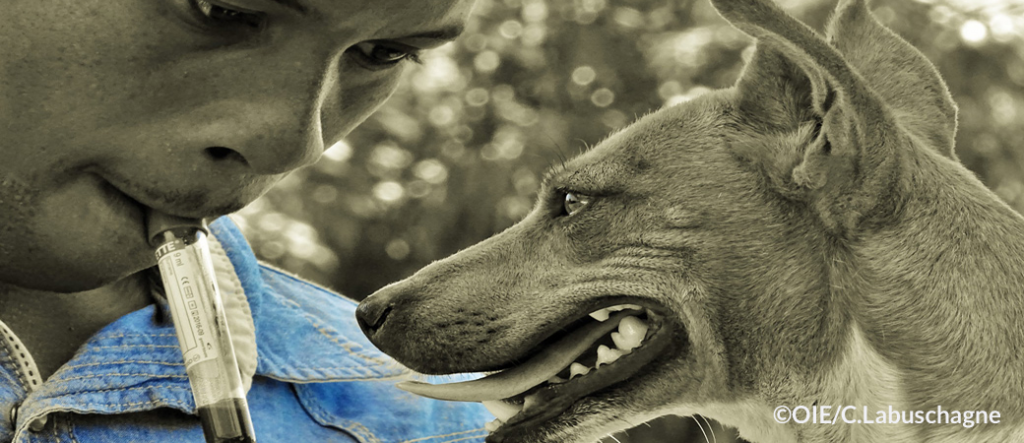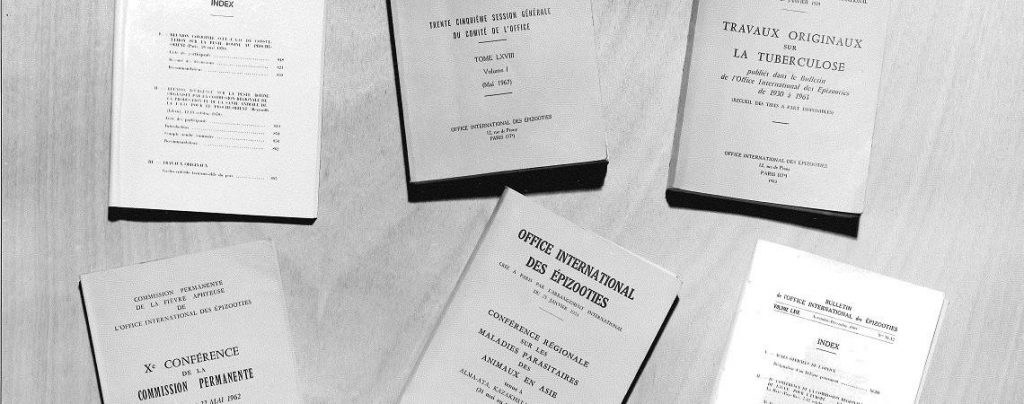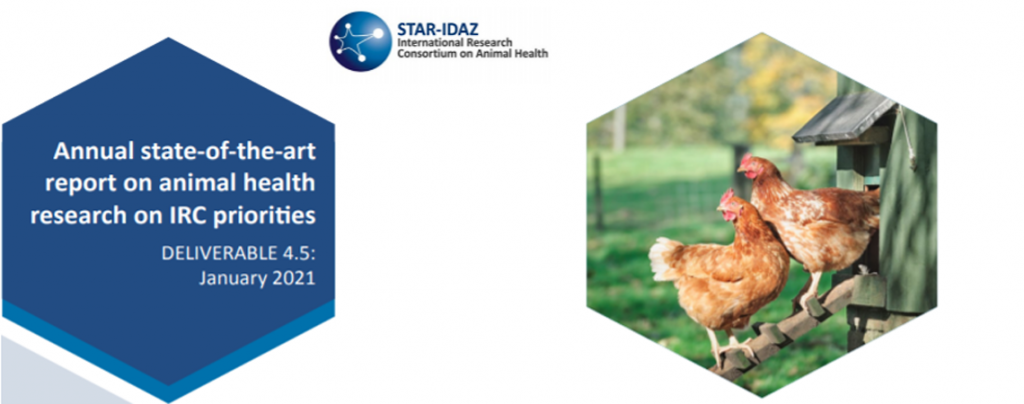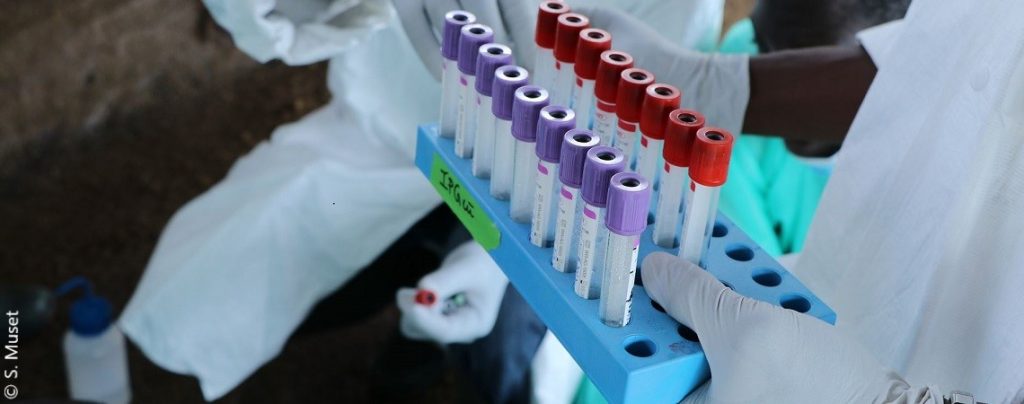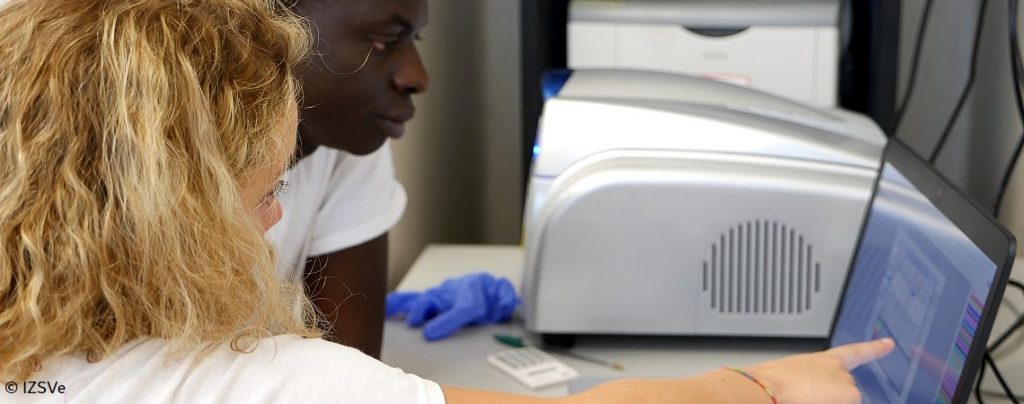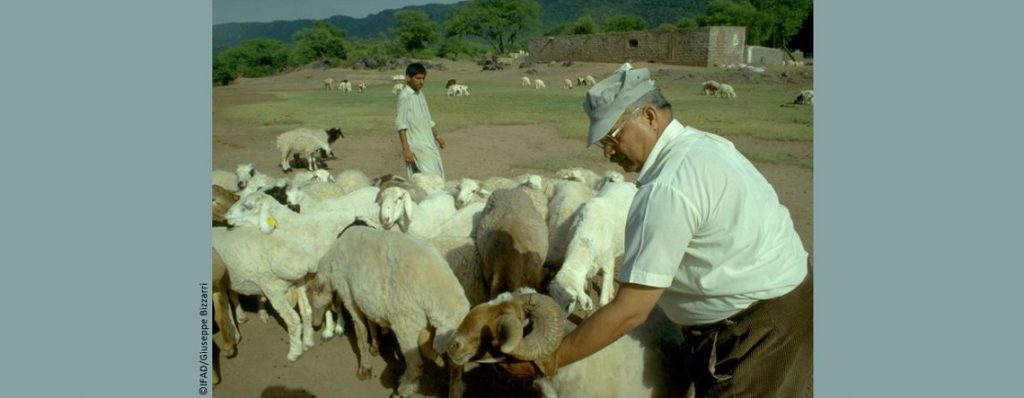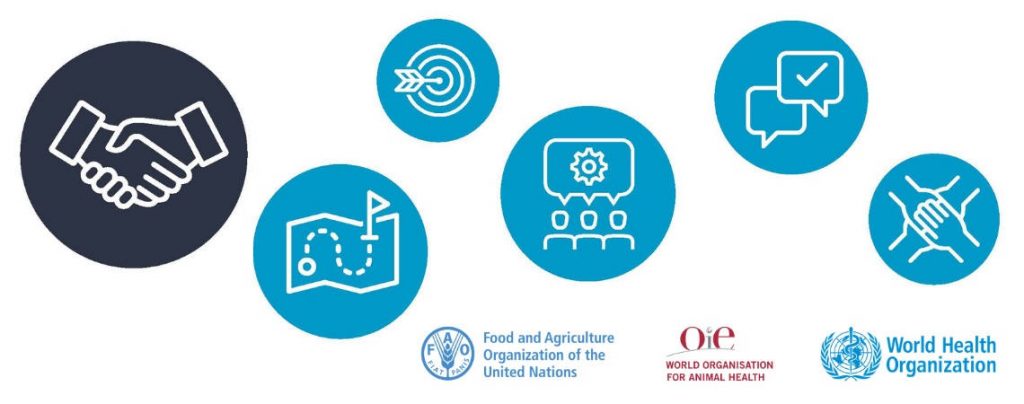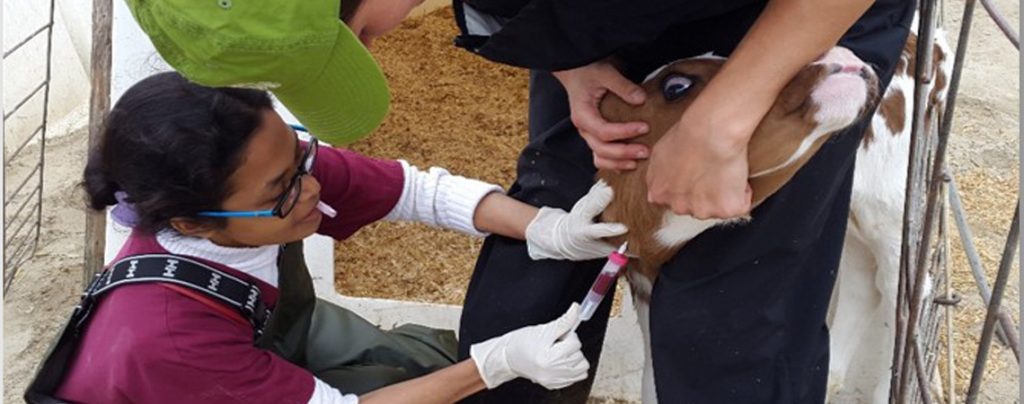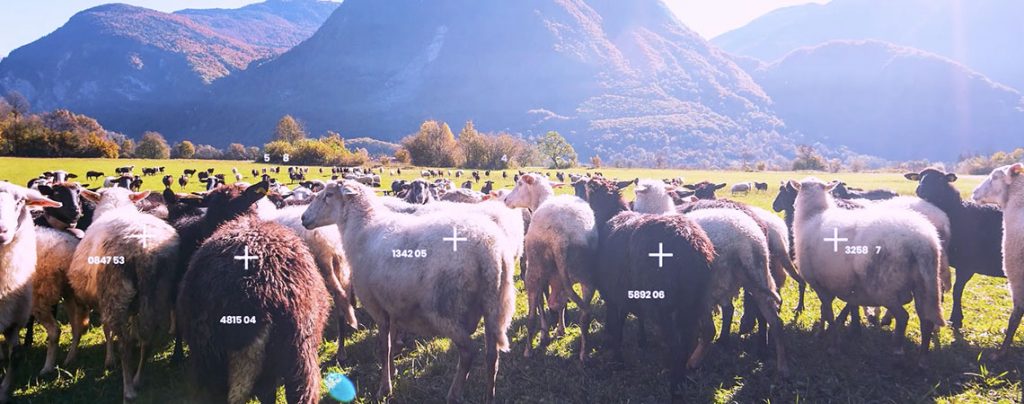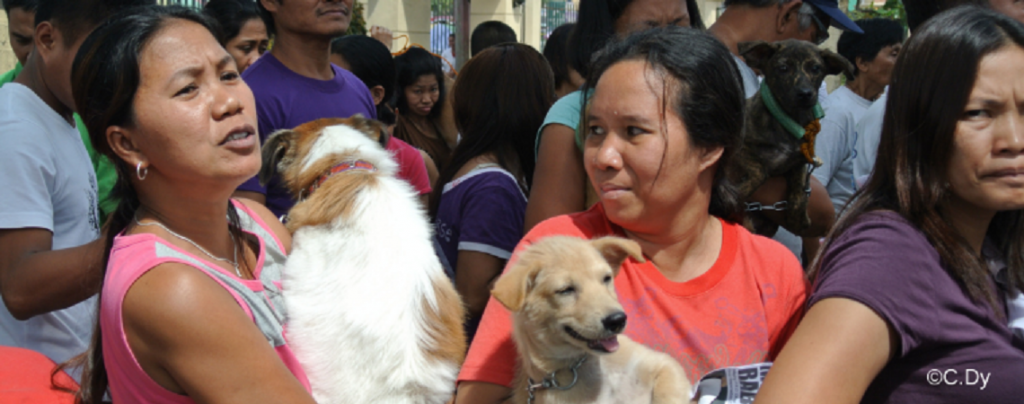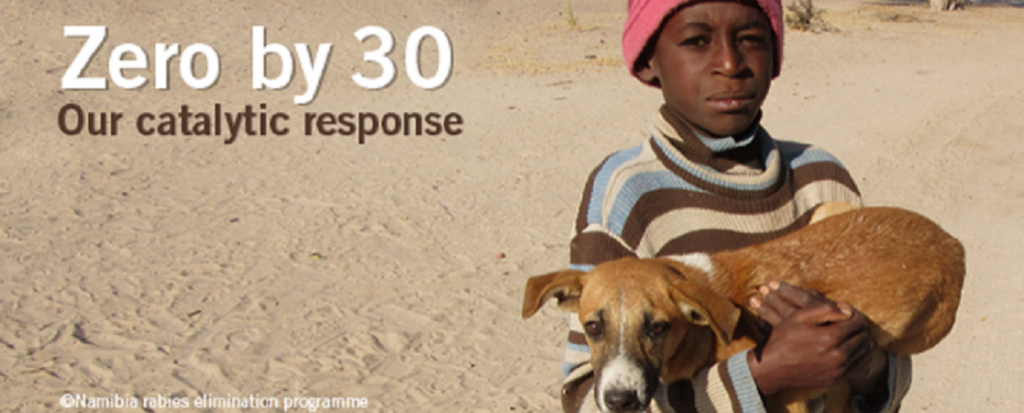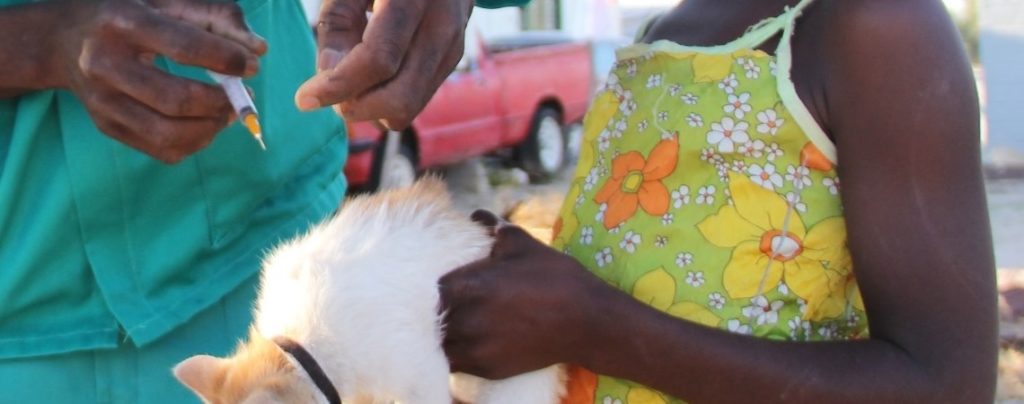CONTINUOUS INFORMATION Posted on 2018-10-02 11:11:33
OIE rabies international standards: towards ‘Zero by 30’
Keywords
AUTHORS:
Gregorio Torres (1), Patricia Pozzetti (2), Sara Linnane (3)
(1) Gregorio Torres, Chargé de mission, Science and New Technologies Department, World Organisation for Animal Health (OIE)
(2) Patricia Pozzetti, Chargé de mission, Standards Department, World Organisation for Animal Health (OIE)
(3) Sara Linnane, Scientific Editor, Science and New Technologies Department, World Organisation for Animal Health (OIE)
The OIE provides science-based standards, guidelines and recommendations for the control of rabies in animals and to prevent its spread. The health measures described in the international standards should be used by the Veterinary Services to set up and implement measures for early detection and control of rabies in animals and for preventing rabies spread via the movement of animals.
The procedures for developing and updating the OIE international standards are responsive, transparent and rapid. Importantly, each one of the 182 OIE Member Countries has an opportunity to contribute during the development and an equal voice in the adoption of standards.
At the 2016 OIE World Assembly of the Delegates, Member Countries agreed to maintain the efforts to foster political will and long-term social commitment towards rabies elimination. They requested the OIE to work in partnership with WHO, FAO and other interested parties, to sustain the collective commitment to the elimination of dog-mediated rabies in the public interest.
Further development of a coherent set of international standards and guidance to control and prevent rabies is one of the expected outcomes of the first phase of the implementation of the Global Strategic Plan to end human deaths from dog-mediated rabies by 2030 (The Global Strategic Plan).
The OIE develops and publishes regularly updated international standards for rabies diagnostic methods and the production of rabies vaccines (Chapter 2.1.17. of the Manual of Diagnostic Tests and Vaccines for Terrestrial Animals), for the prevention and control of rabies (Chapter 8.14. of the Terrestrial Animal Health Code) and for stray dog population control (Chapter 7.7. of the Terrestrial Animal Health Code).
Terrestrial Manual 2.1.17. Infection with rabies virus and other lyssavirus
The latest version of the chapter was adopted during the last OIE General Session (May 2018). During the process of amending the chapter, the experts made a thorough revision of the text, updated the references and incorporated newly developed validated tests such as conventional and real-time PCR and the direct rapid immunohistochemistry test (dRIT), and deleted obsolete tests or tests no longer in use. The recently adopted chapter also includes recommendations for oral vaccination of dogs and manufacturing methods for such vaccines and the production of baits.
The 5th edition of the WHO overview of laboratory techniques in the diagnosis and prevention of rabies and in rabies research (Laboratory technique in rabies) is in the process of finalisation and would be fully harmonised with the current Terrestrial Manual chapter.
Terrestrial Code Chapter 8.14. Infection with rabies virus
The main purpose of the chapter is to support Member Countries in implementing structured control strategies for the elimination of human rabies at the source of infection, while preserving safe commercial and non-commercial movement.
The Director General of the OIE convened an ad hoc group on rabies in November 2017 that included experts from the OIE rabies reference laboratories and representatives from FAO, WHO and GARC. The experts drafted an updated chapter aligned with the Global Strategic Plan and harmonised with relevant international guidelines, such as the WHO Expert Consultation on Rabies, third report. The proposed modifications include a case definition for dog-mediated rabies, zoning approach, surveillance provisions and the proposal to create a procedure for the endorsement by the OIE of Member Countries’ official control programmes for dog-mediated rabies.
The amended chapter was circulated twice among Member Countries. The feedback from Member countries is being considered by the Specialist Commissions with the intention of presenting the amended chapter for adoption during the General Session in May 2019.
Terrestrial Code Chapter 7.7. stray dog population control
Management of the stray dog population is closely related to the control of rabies in humans and animals. In addition to the welfare and disease control aspects, religious, cultural and economic factors should be considered when developing programmes for managing dog populations.
This chapter was first adopted in 2009 and covers recommendations for humane management of stray and feral dogs when these animals represent a risk to human or animal health or when they are related to environmental problems. The chapter does not recommend culling of dogs as part of a rabies elimination strategy, rather the establishment of herd immunity through vaccination, and highlighted that the management of the stray dog population should avoid the unnecessary suffering to animals.
The OIE is planning to start the revision of this Chapter in 2019 to ensure clear alignment with the Global Strategic Plan and to provide recommendations for promoting responsible dog ownership as one of the main drivers to achieving the elimination of dog-mediated human rabies by 2030.
■ September 2018


















